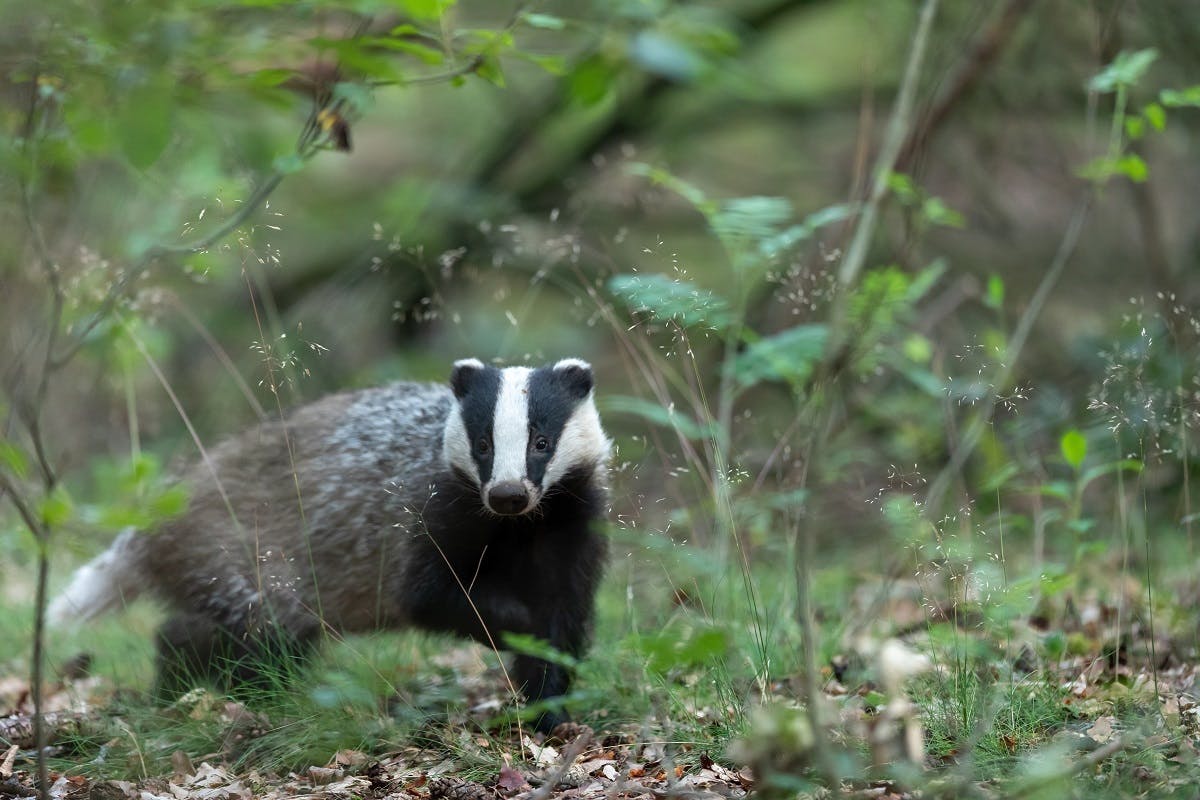What is Rewilding?
Rewilding basically means returning the landscape to a wilder state, not necessarily to a pristine state of wilderness. This usually means that natural ecosystems are able to once again shape the landscape in the absence of human intervention. These processes could be predation, grazing, regeneration, decomposition and more. In severely altered landscapes, as in Britain, significant intervention might be needed to kick things off, whether that’s planting or fencing out herbivores, but the idea is to one day step back and let nature take care of itself for a healthier, more resilient natural world.
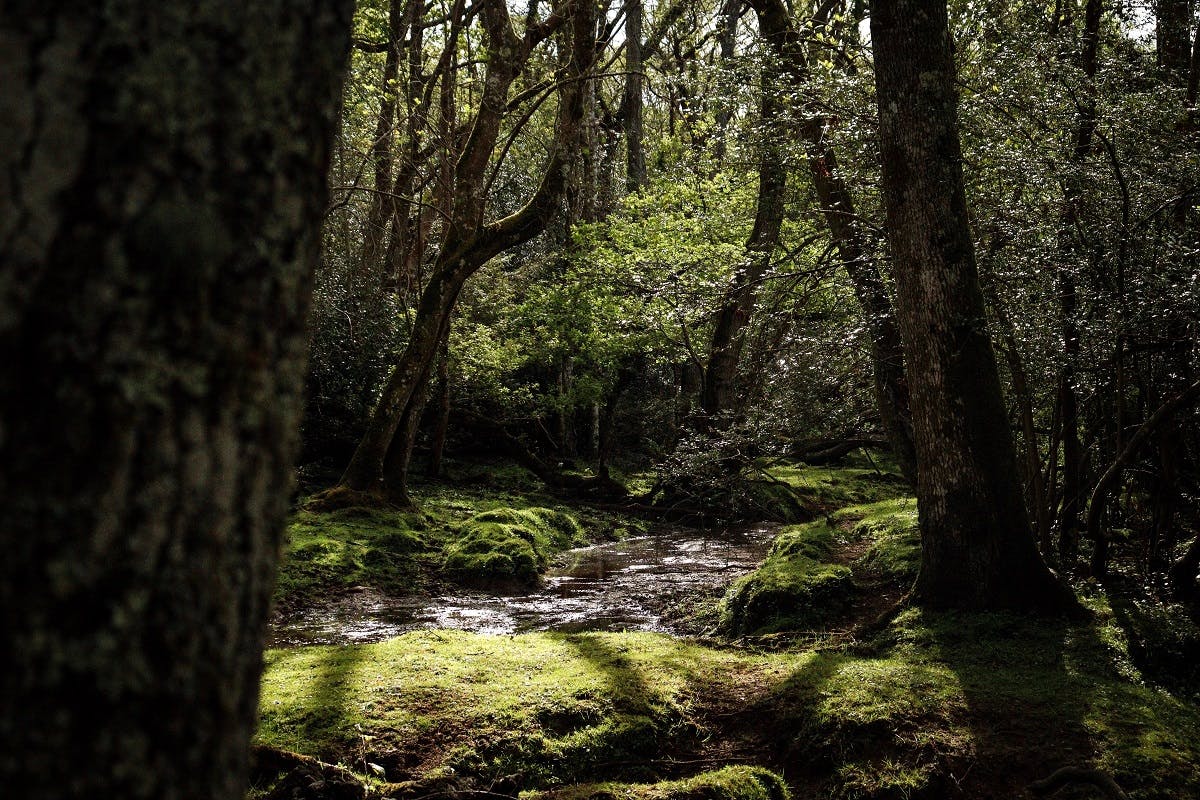
What would a rewilded Britain look like?
Like much of Europe, Britain’s landscapes have been drastically changed, denuded and degraded. Large swathes of native forest have been cleared for agriculture and timber, large carnivores have been wiped out, ocean fish populations depleted, and rivers and streams rerouted. We therefore have an idea where we’ve gone wrong, and how to undo some of that damage, but it’s not really about restoring nature with a fixed set of goals in mind or towards a specific snapshot of the past. Instead, a rewilded Britain will be one where natural processes are working to recreate woodlands in some areas and peatlands and meadows in others. Further up the scale of wilderness, it might one day mean carnivores are once again controlling herbivores and mesopredators, enabling woodland regeneration and providing habitat for a rich diversity of woodland wildlife.

Fears and misconceptions of rewilding in Britain
Rewilding is controversial and often misunderstood. It’s also representative of an “agenda” being forced upon rural communities without their consent and frequently thought to refer to the reintroduction of apex predators, like wolves, to a landscape. Though this is often a piece of the puzzle, rewilding is about much more. It also does not mean removing people from the land entirely. In fact, in these wilder landscapes, people and planet can flourish together.
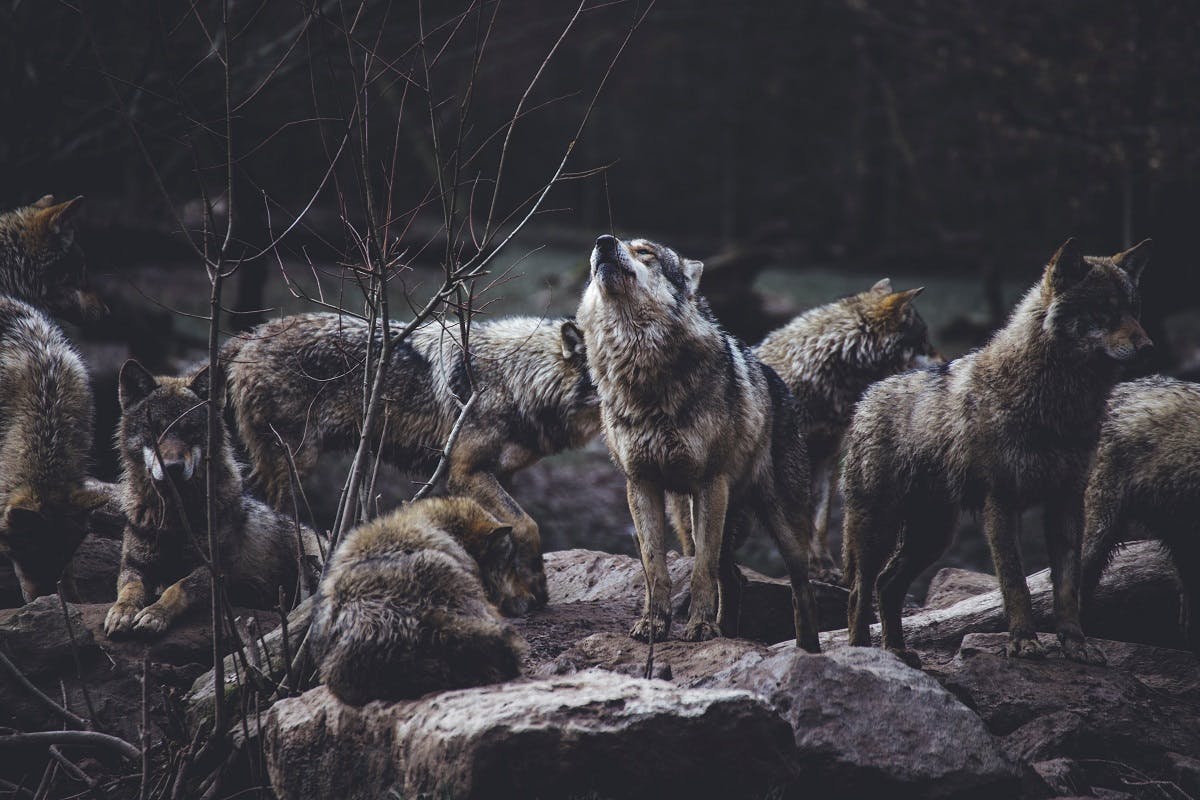
The benefits of Rewilding in Britain
The benefits accrued from a rewilded landscape can be felt by us, as well as nature itself. When nature is healthy, it can provide us with abundant products and services, from food and medicine to flood defences and cool air. Greater woodland cover in Britain will help fight global climate change, stabilise soils and prevent flooding. Restored peatlands will also capture carbon and store water. Richer landscapes could provide rural communities economic opportunities through things like wildlife-based tourism. It might also makes us feel better too. Connecting with nature is good for our mental and physical health. Of course, it’s good for the non-human animals that inhabit our earth too.
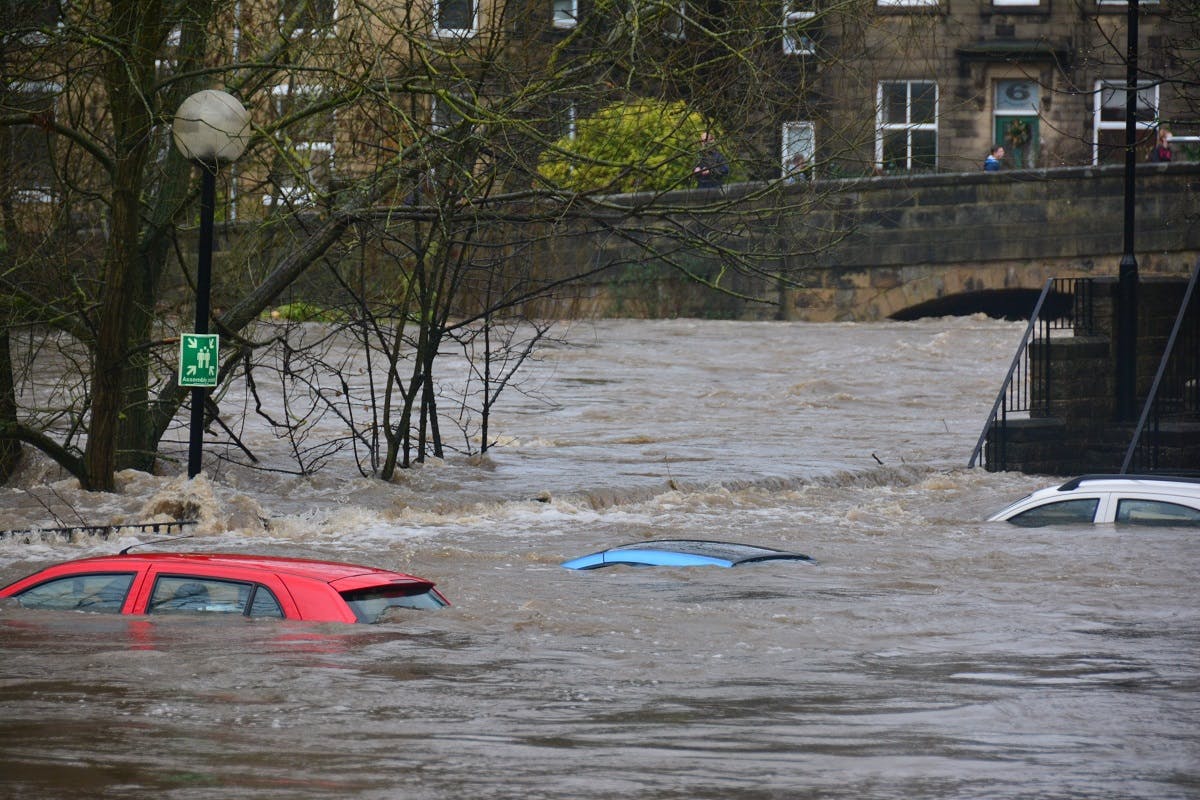
Success stories in Britain
There is an ever increasing list of ambitious rewilding projects. Large-scale habitat restoration is being driven by the likes of Cairngorms Connect, Trees for Life and the John Muir Trust. Pine martens are returning to England at the hands of the Vincent Wildlife Trust, while the Roy Dennis Wildlife Foundation has helped red squirrels, ospreys, white-tailed eagles and more reclaim former haunts.
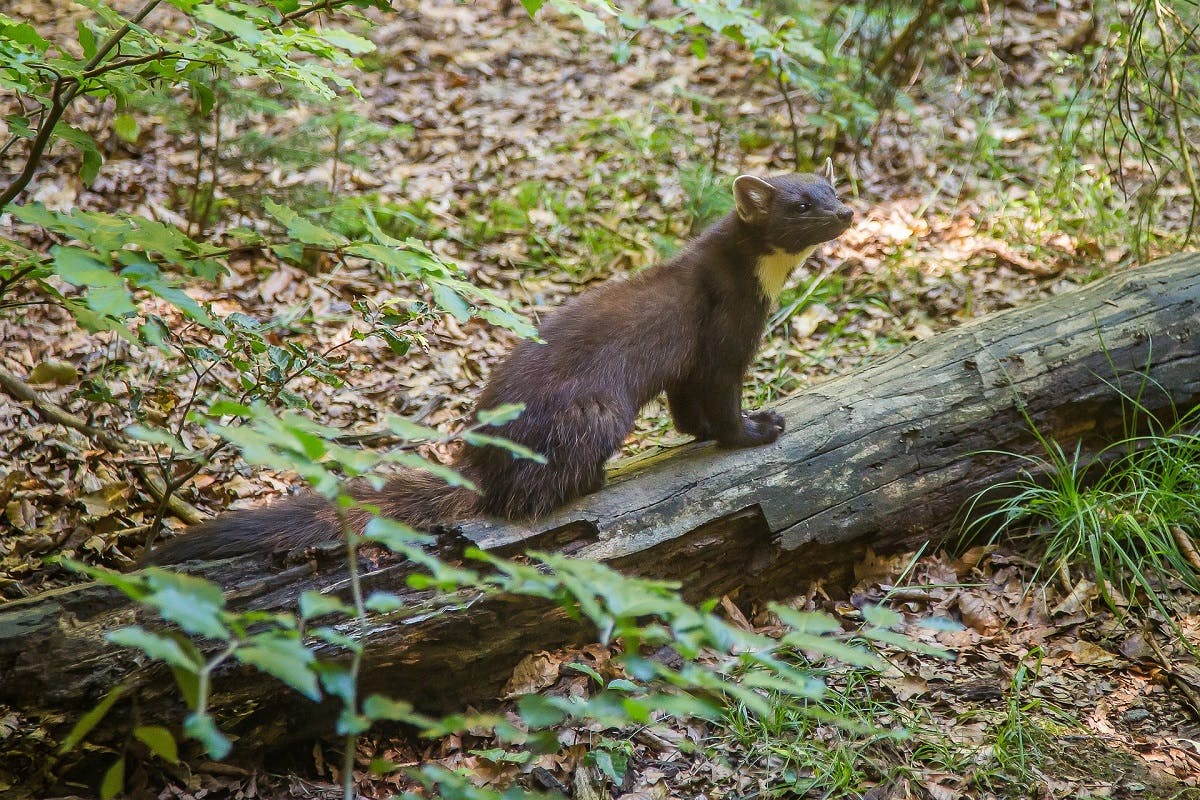
Mossy Earth’s rewilding projects in Britain
To date, we have planted several thousand trees to help restore the Caledonian pinewoods of the Scottish Highlands. There, we’ve also constructed two eagle nest platforms to support the breeding of native golden and white-tailed eagles, so they can once again preside over the ancient pinewoods from their regal nests in the canopy. We are also in the process of supporting the monitoring of Atlantic salmon to identify key barriers on their grueling migration upriver and developing a project to translocation mountain hares to boost an isolated and dwindling population.
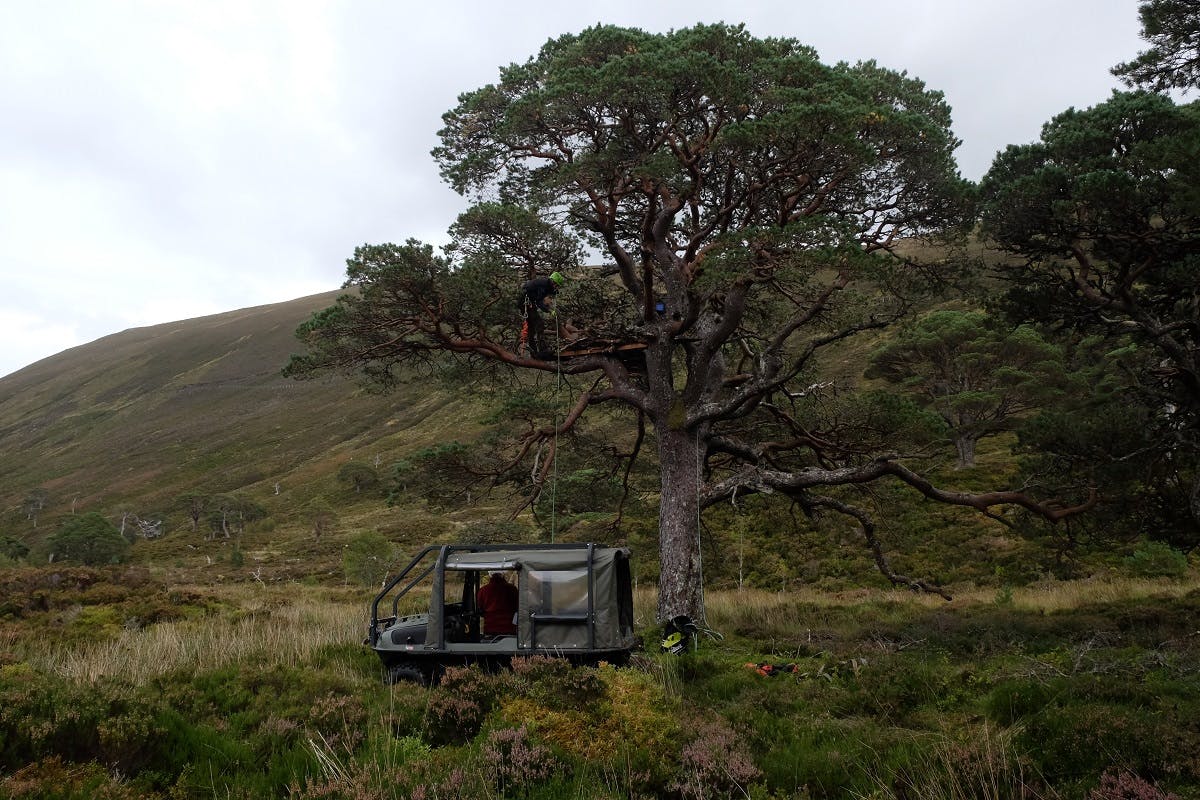
Unsuccessful rewilding projects in the UK
Things do not always go to plan of course. Several unsuccessful applications have been made to reintroduce lynx to Britain, with little progress. Among criticisms was a lack of consultation with important stakeholders, not least the local communities of the proposed release sites. The success of rewilding projects often hinges upon social factors as much as ecological ones. Without proper consultation with those who are likely to be affected, negative attitudes towards rewilding are likely to pose significant challenges to ambitious potentially controversial projects.
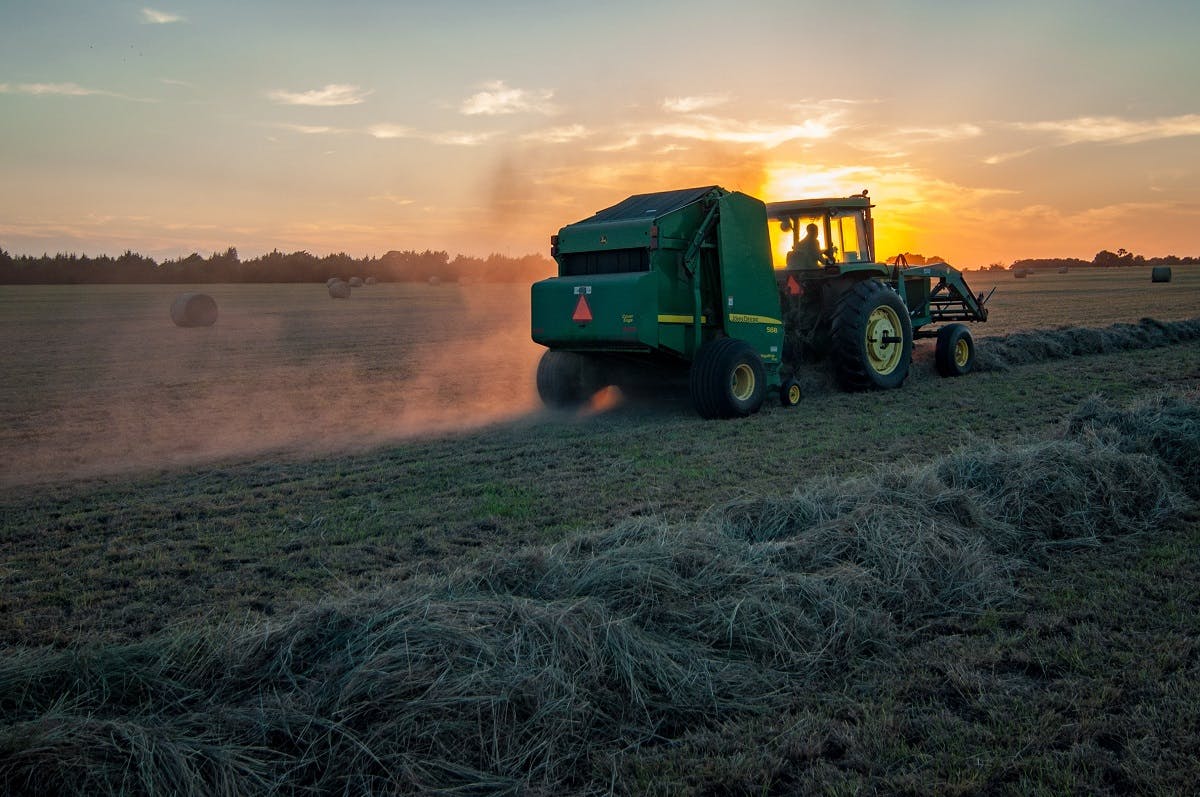
As an individual, how can I get involved in rewilding Britain?
There are endless opportunities for you to personally engage in rewilding, whether it is growing a wildlife friendly garden of native wildflowers, writing to local councils to leave roadside verges uncut, or volunteering at your local wildlife trust or green space. You could also support one of the conservation organizations mentioned above working to restore Britain’s degraded habitats and conserve our threatened wildlife. Alternatively, you could join the Mossy Earth membership to contribute monthly to rewilding landscapes and conserving species in Britain and beyond.
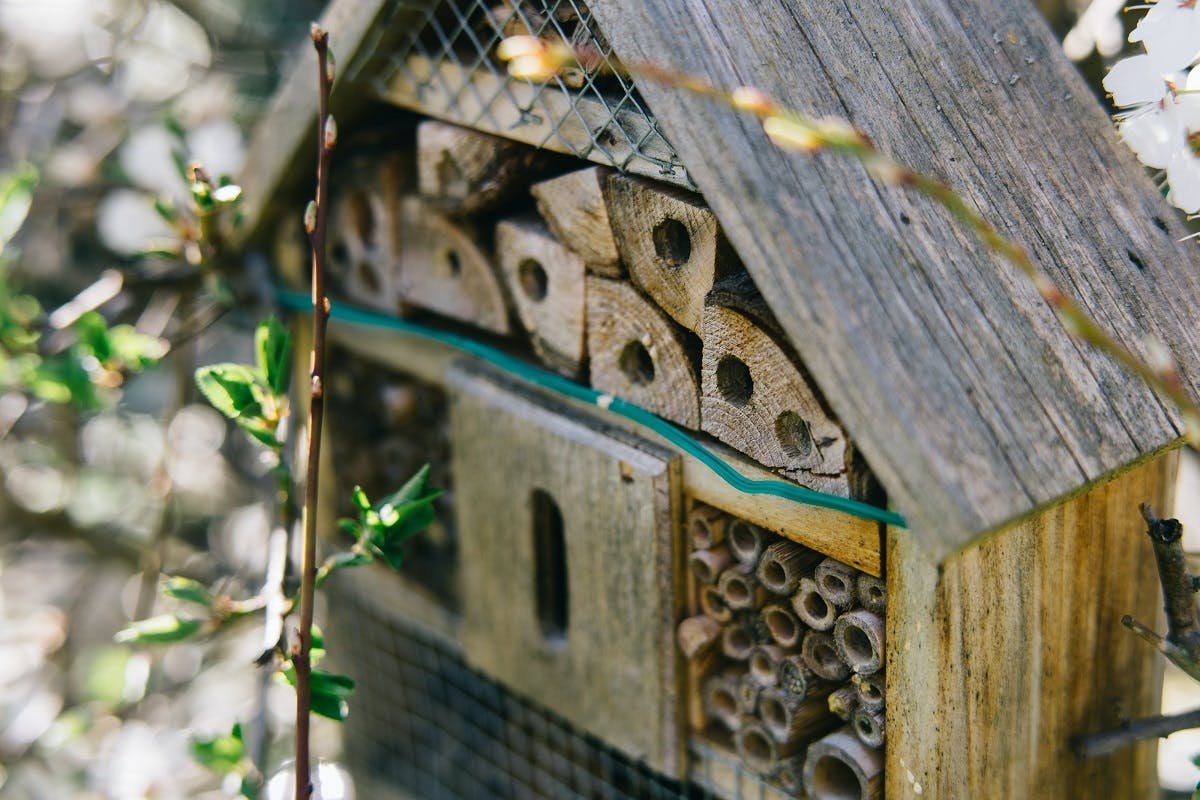
Rewilding in Britain, the future
There are incredibly ambitious large-scale habitat restoration and species conservation currently underway in Britain. As these continue, Britain will continue to feel wilder with large expanses of healthy habitat and flourishing species of wildlife and flora. At the same time, wilderness is returning to the concrete world of villages, towns and cities with roadside verges becoming increasingly rich in insect life and gardens home to urban foxes and badgers. In a rewilded Britain, the boundary between the human and natural world will be harder to find.
